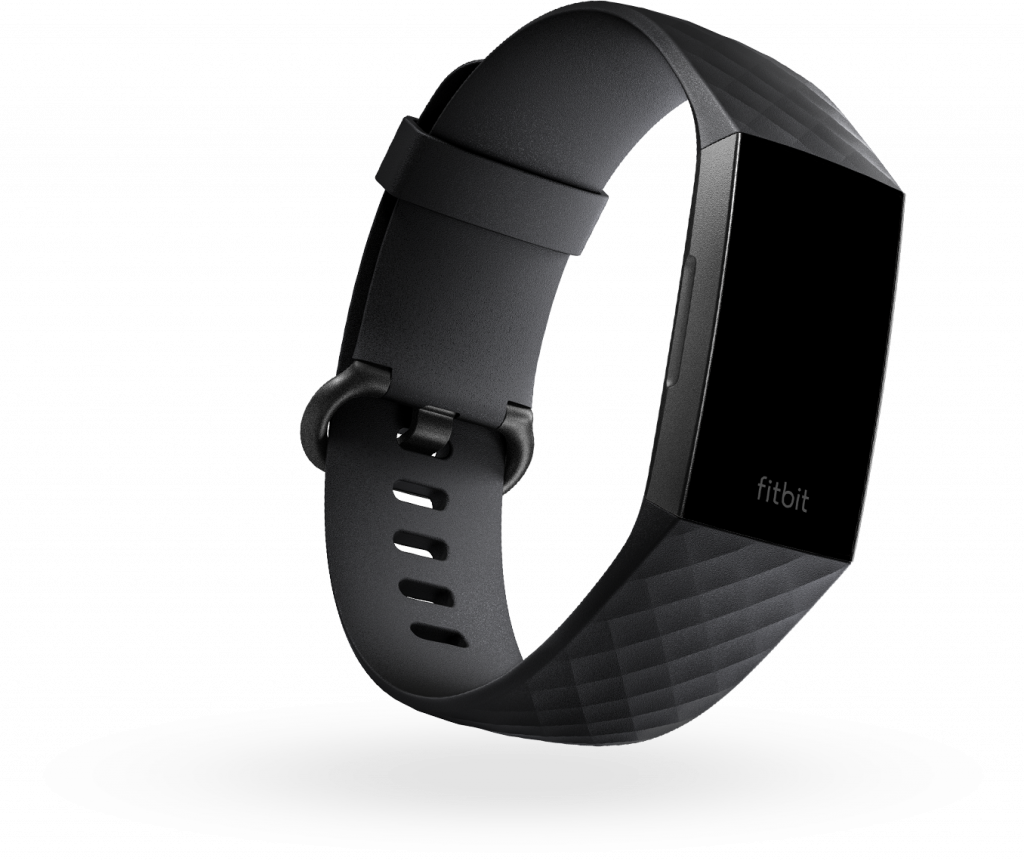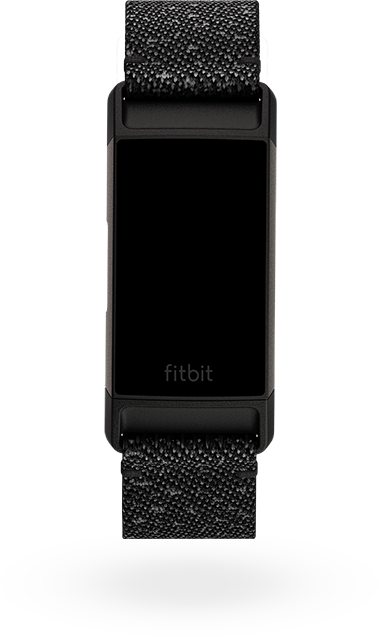
There's also a feature called Active Zone Minutes. In addition to all the features offered on these Charge models, they all also have swim tracking on board, Goal-Based Exercise, Run Detect with auto-stop, a timer option and weather information. Other features found on all three devices include SmartTrack, which automatically recognises when you exercise, Multi-Sport tracking, Cardio Fitness Level (an estimate of your VO2 Max) and Guided Breathing, which offers personalised breathing sessions based on your heart rate.

These two features, and the accompanying data available in the Fitbit app, make it a much more serious health tracking device than we've seen previously in the Charge lineup. The former is able to detect small changes in your finger's sweat glands, and as a result, stress level changes, while ECG readings are able to detect the heart's rhythm and check for signs of atrial fibrillation. However, the Charge 5 is the only device to feature an EDA sensor and the Fitbit ECG app. They also all have an accelerometer, altimeter and vibration motor.Įach also finds room for relative SpO2 sensors, too, allowing users to view a graph in the Fitbit app to see an estimate of the oxygen level variability in your bloodstream, which is designed to help show variations in your breathing during sleep. Charge 5: HR, SpO2 monitor, EDA sensor, ECG readings, built-in GPS, NFCĪll three Fitbit Charge devices being compared here have an optical heart rate monitor, offering automatic and continuous heart rate tracking.Charge 4: HR, SpO2 monitor, built-in GPS, NFC.Charge 3: HR, SpO2 monitor, connected GPS, NFC in some models.This makes everything you see on the wrist much brighter, while Fitbit has also installed an always-on display option for the first time on a tracker. However, because of that new look, there's also a range of slightly different designs to pick between - standard silicone options are joined by breathable sport alternatives, nylon hook and loop bands and hand-crafted Horween leather straps.Īfter offering an OLED display with the Charge 3 and Charge 4, the Charge 5 is also the first to feature an AMOLED screen.

The Fitbit Charge 3 and Charge 4 are virtually identical in design, but Fitbit has pivoted away from the square look of these devices for a sleeker and thinner Charge 5 body.ĭespite the Charge 5's redesign, they all still share the same penchant for interchangeable straps. Charge 5: AMOLED always-on colour touchscreen, buckle, aluminium, interchangeable straps, water-resistant.

Charge 4: OLED touchscreen, buckle, aluminium, interchangeable straps, water-resistant.Charge 3: OLED touchscreen, buckle, aluminium, interchangeable straps, water-resistant.


 0 kommentar(er)
0 kommentar(er)
